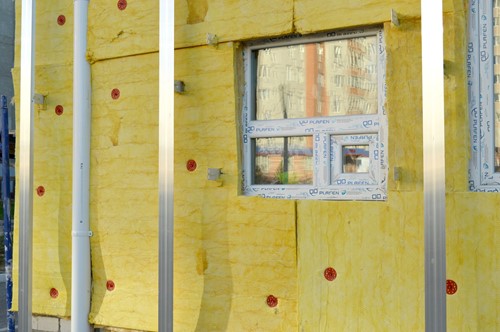
One primary reason everyday people bear with drafty homes stems from construction costs. Old houses and those with failing exterior wall insulation seem to require costly demolition. The idea that drywall or select wood wall materials require removal and replacement often causes property owners to take a deep breath and think about something else.
The good news is homeowners enjoy increased access to quality insulation materials which may not require wall demolition.
The two leading materials that generally do not require wall removal are loose-fill cellulose and spray foam. These products task installers with drilling small holes — between ½ and two inches — in strategic locations. Specialized equipment then funnels the material into the exterior walls between the framing studs.
The idea is to pack the vacant spaces with material that deters air penetrations. These are differences to consider between loose cellulose and spray foam materials.
Not every handy DIY homeowner possesses the equipment or experience to effectively install insulation without removing walls, which is why it's essential to work with an experienced professional installer.
Consult with an experienced insulation contractor that uses both materials. Their assessment of the house could prove invaluable in terms of selecting the best option. And, don't hesitate to field multiple quotes before writing a check because installation costs can differ significantly.

There are many qualities and skills that go into being an excellent real estate professional - integrity, in-depth community and market knowledge, marketing savvy, effective negotiation skills and a high-quality professional network, all of which are hallmarks of how I work.
That said, in my experience as a real estate professional, I've also found that providing the very best service is essentially about putting my clients first. This means keeping myself accessible, being a good listener as well as a good communicator, and responding quickly to your needs.
This "client first" philosophy has always been my approach and it requires me to continually improve my skills and ways of doing business. In addition, I've found that the latest technologies are enabling me to do everything I've always done, only much more quickly and efficiently. They've also helped me to extend the range of services I provide to my clients.